U.S. News
18 More Products Americans Are Skipping Because They’ve Gotten Too Expensive
By Jake Beardslee · August 10, 2025

18 More Products Americans Are Skipping Because They’ve Gotten Too Expensive
With prices climbing across nearly every category, many Americans are cutting back on purchases they once considered everyday essentials. From grocery staples to household items, the rising cost of living is forcing people to reconsider what’s truly worth the expense. These aren’t luxury splurges; they’re products that, until recently, were part of daily life.Here’s a look at 18 more items people are leaving behind as budgets tighten. Vitaly Gariev / Unsplash
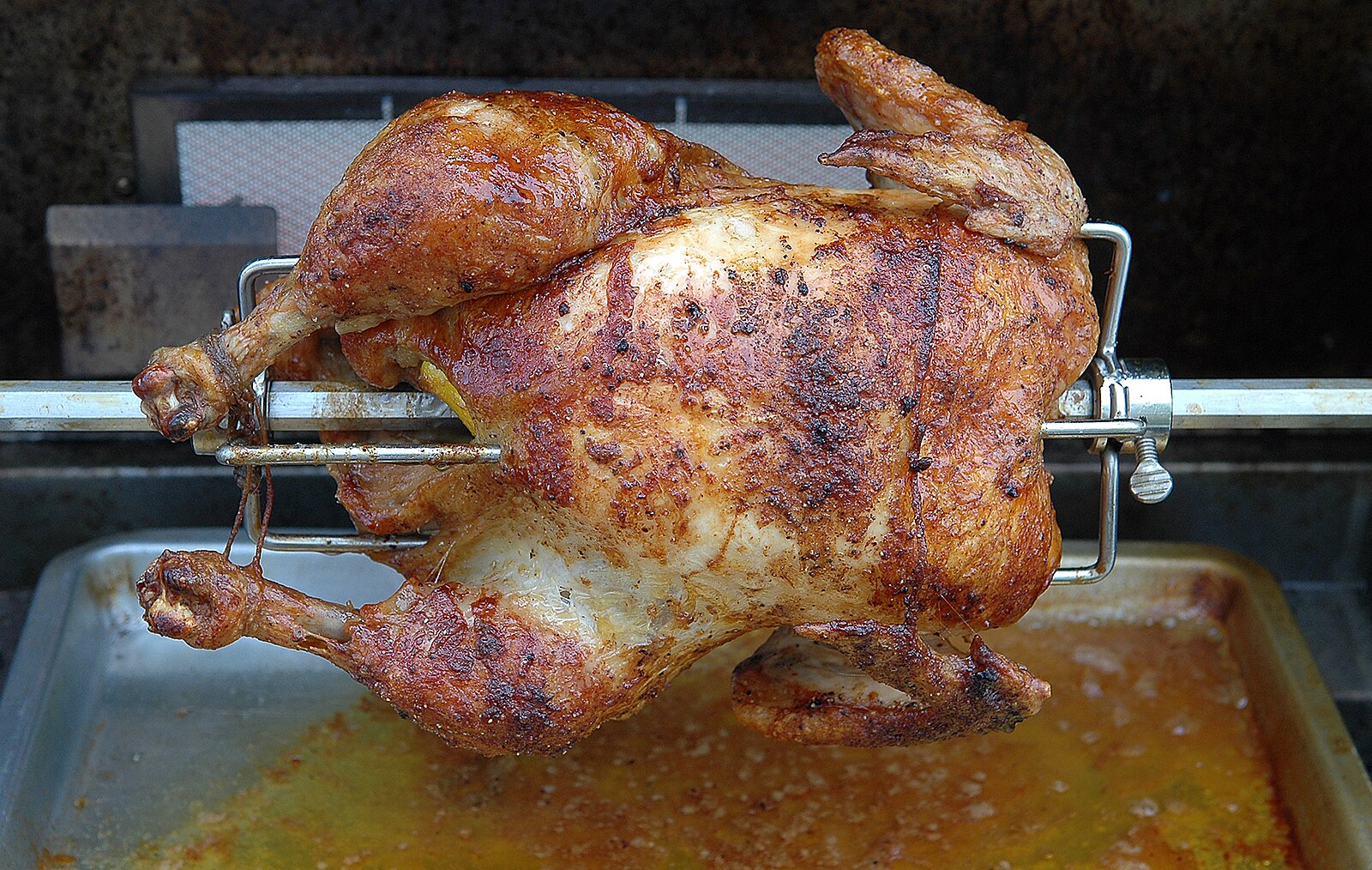
1. Rotisserie Chickens
Once considered a convenient and affordable dinner option, rotisserie chickens have seen steady price hikes. What used to cost $5–$7 is now closer to $10 in many grocery stores. Families are turning to cooking whole chickens at home, where the cost per meal is much lower. Joe Schneid, Louisville, KY, CC BY 3.0 https://creativecommons.org/licenses/by/3.0, via Wikimedia Commons
2. Orange Juice
The price of orange juice has surged due to supply issues and crop diseases affecting citrus farms. A carton that used to be $3–$4 can now cost $6 or more. Many households are skipping it altogether or switching to powdered drink mixes. Mateusz Feliksik / Unsplash
3. Pre-Packaged Salads
Convenient but costly, pre-packaged salads have become harder to justify. A single serving can cost as much as buying enough lettuce and toppings for multiple homemade salads. Shoppers are opting to wash and prep greens themselves. Matilda Bellman / Unsplash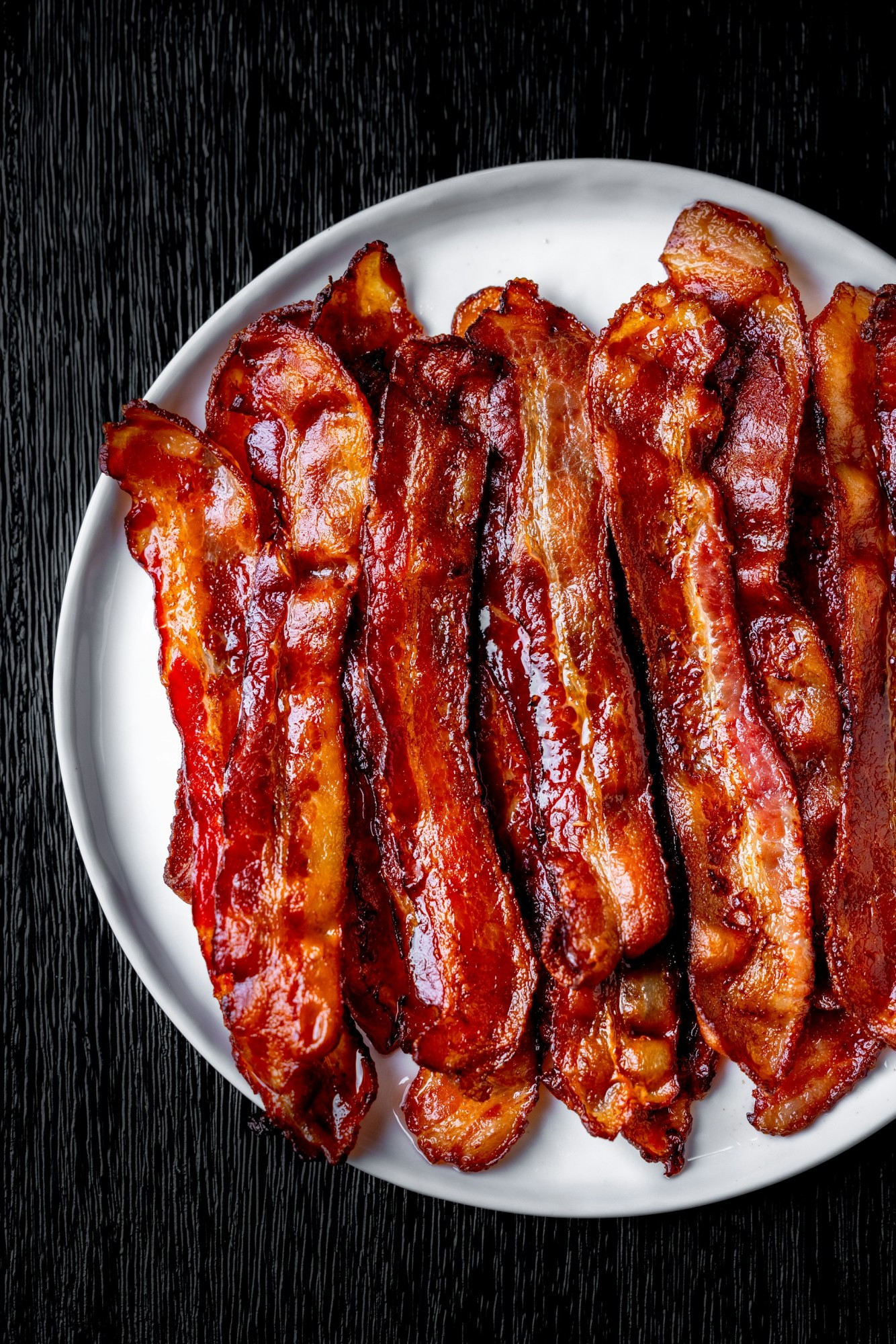
4. Bacon
Bacon prices have climbed significantly, making it less of a breakfast staple. What used to be an inexpensive indulgence is now pushing $8–$10 a pound in some areas. Many are saving it for special occasions instead of keeping it stocked. James Trenda / Unsplash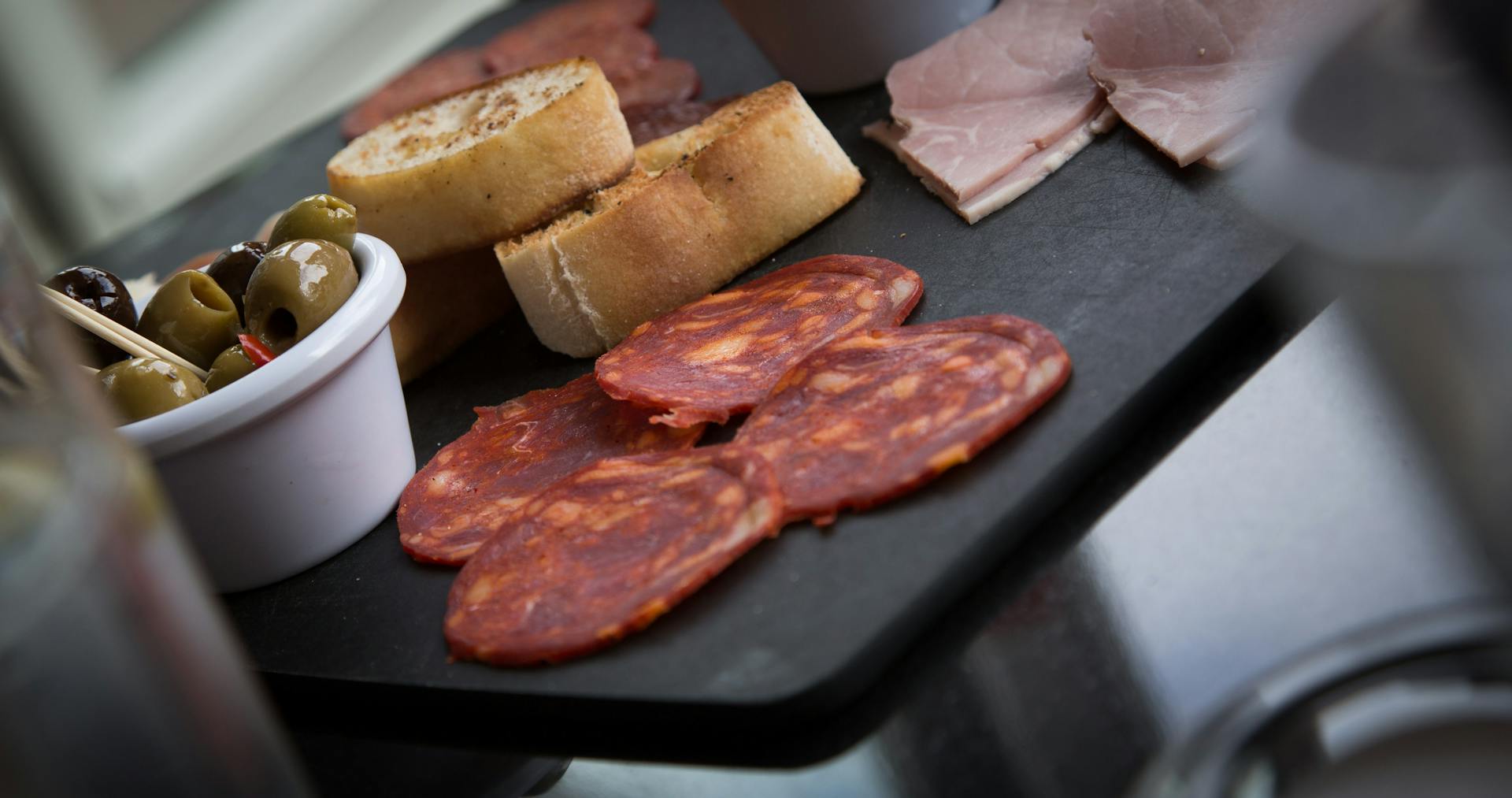
5. Sliced Deli Meats
The convenience of pre-sliced turkey, ham, and roast beef now comes with a premium price tag. At $10–$15 a pound, lunchmeats are being swapped out for homemade roasted meats or vegetarian options. Torsten Dettlaff / Pexels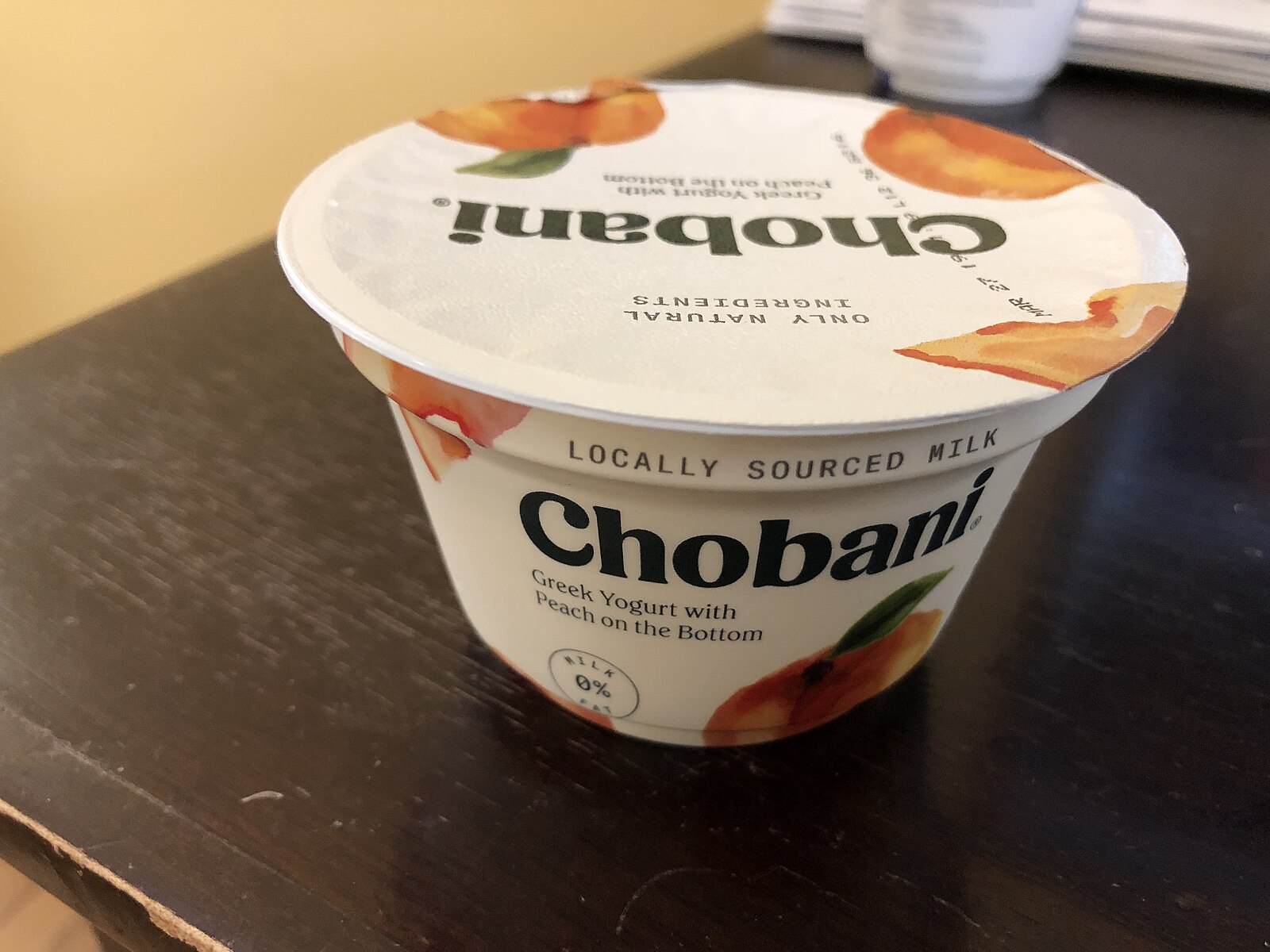
6. Yogurt Cups
Individual yogurt cups have gone from being an affordable snack to a pricey convenience item. Multi-packs often cost more than larger tubs, leading shoppers to buy bulk containers and portion them out themselves. Famartin, CC BY-SA 4.0 https://creativecommons.org/licenses/by-sa/4.0, via Wikimedia Commons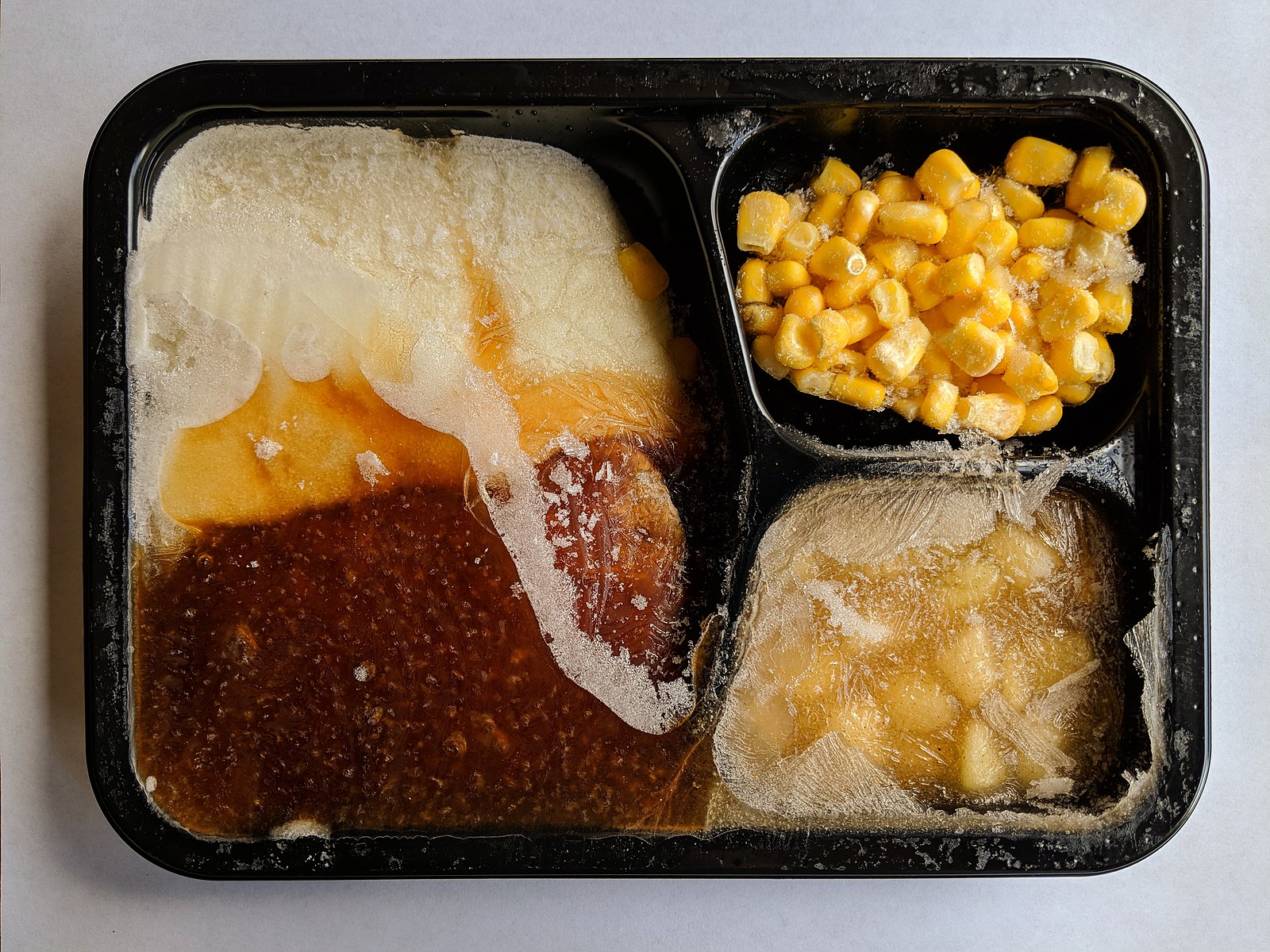
7. Frozen Dinners
Microwave-ready meals once filled freezers across America for quick dinners. But with prices creeping toward $5–$7 each, they’re no longer the budget option they once were. People are cooking simple meals from scratch instead. Sir Beluga, CC0, via Wikimedia Commons
8. Ice Cream
Ice cream prices have surged, especially for premium brands. A pint that once cost $4 now pushes $7–$8, making it a treat for special occasions rather than a weekly buy. Store-brand or homemade ice cream is becoming more popular. Irene Kredenets / Unsplash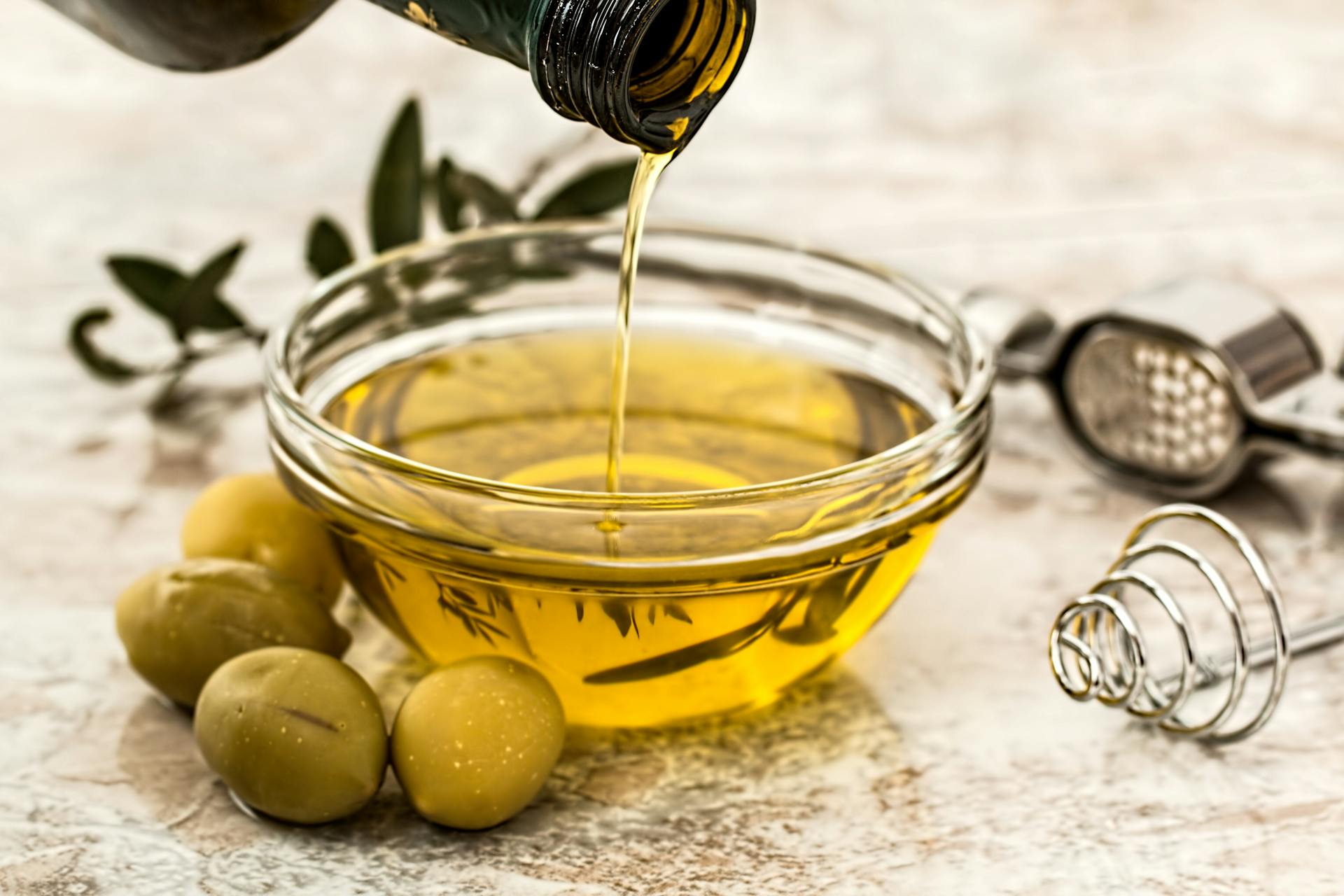
9. Olive Oil
Global supply shortages have driven olive oil prices up dramatically. Many households are switching to other oils like canola or sunflower for everyday cooking, saving olive oil for dressings and special recipes. Pixabay / Pexels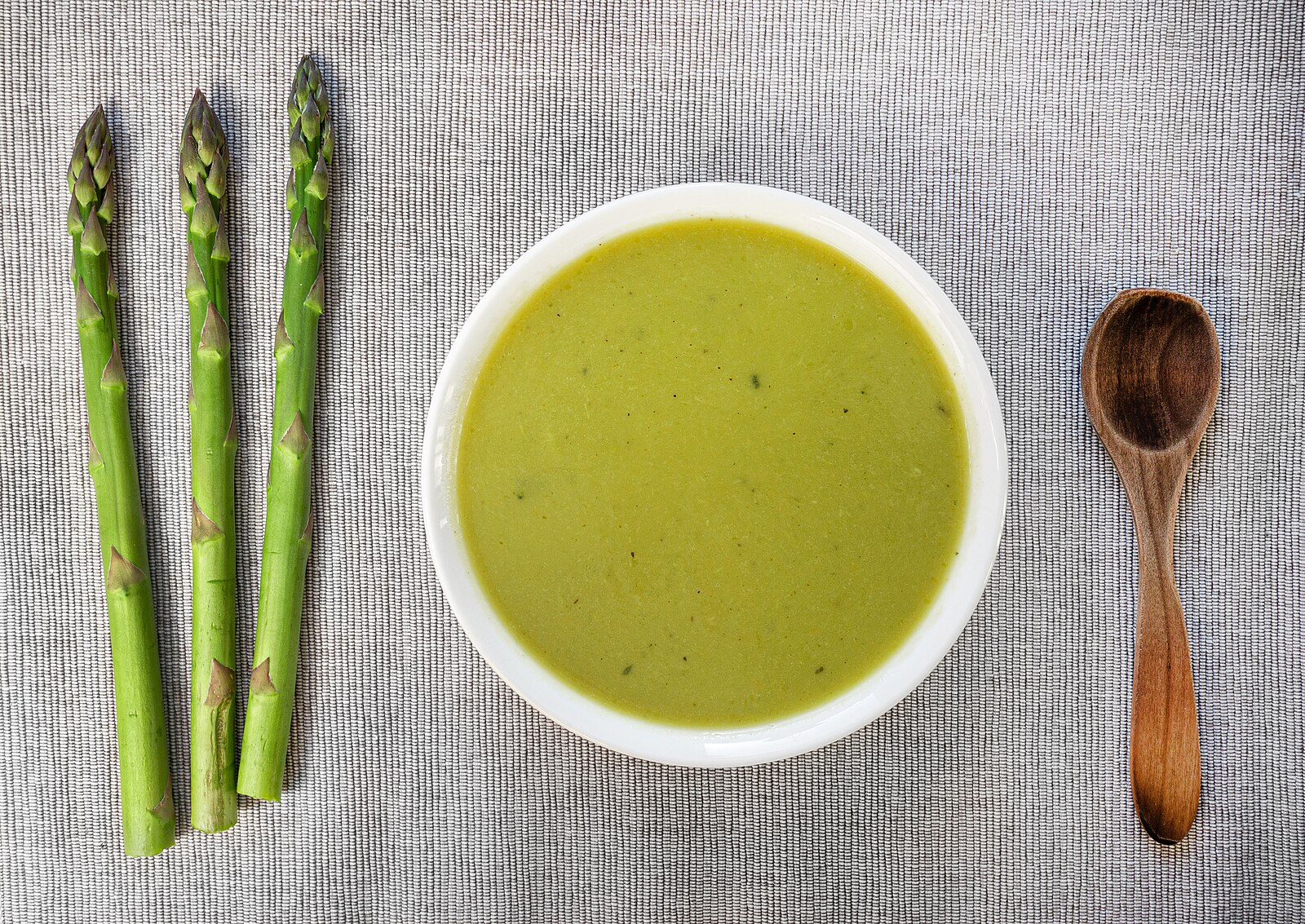
10. Canned Soup
Even canned soup — a longtime budget staple — has jumped in price. Name brands now approach $3–$4 a can, prompting shoppers to stock up on dry soup mixes or make big batches at home to freeze. Petar Milošević, CC BY-SA 4.0 https://creativecommons.org/licenses/by-sa/4.0, via Wikimedia Commons
11. Energy Drinks
Once a daily pick-me-up for many, energy drinks can now cost $3–$5 each. With prices climbing and concerns about health effects, people are cutting back and turning to coffee or tea instead. Jesper Brouwers / Unsplash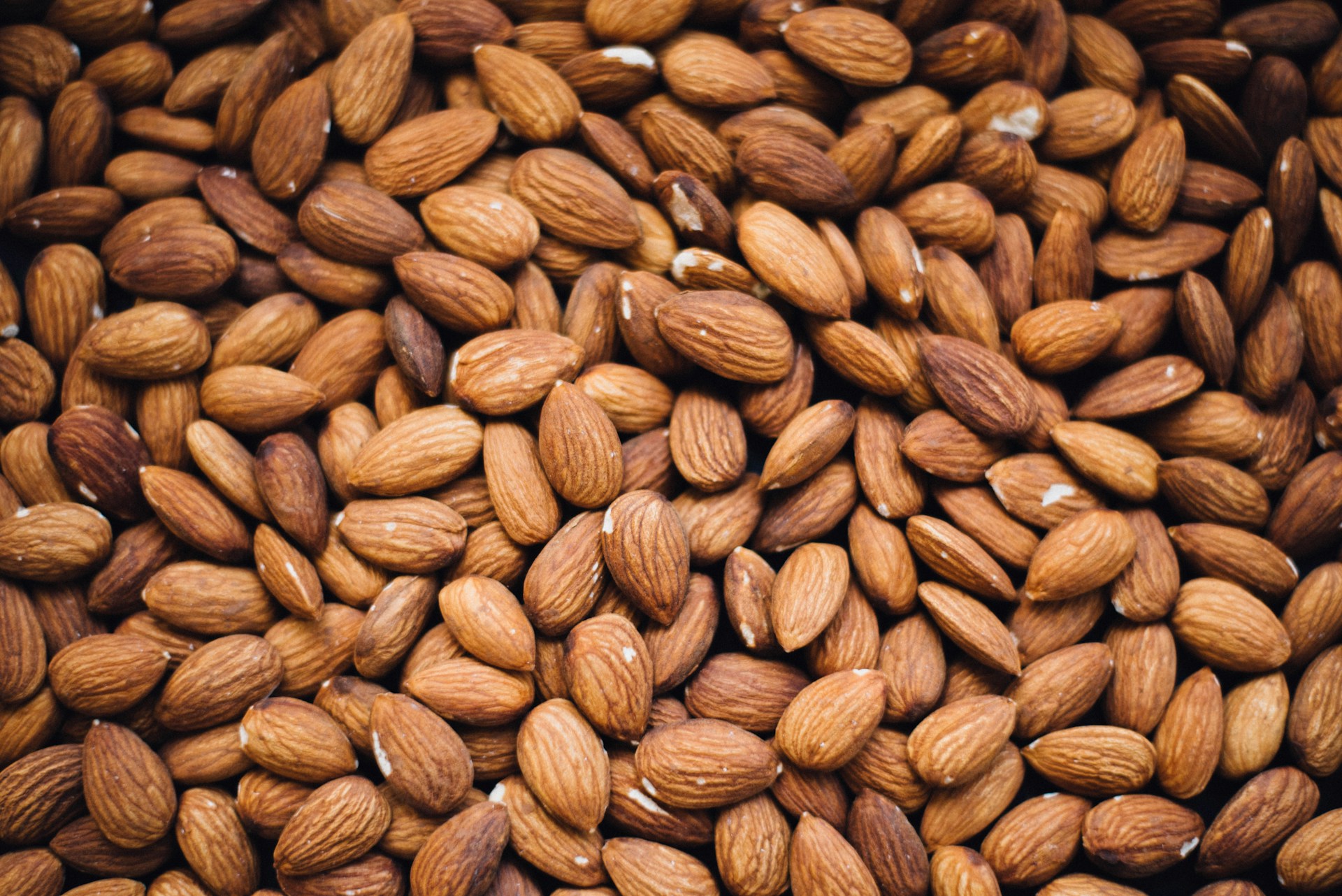
12. Nuts
Almonds, pistachios, and cashews have all seen price spikes due to poor harvests and high shipping costs. Bulk buying or switching to cheaper seeds like sunflower or pumpkin has become more common. CHUTTERSNAP / Unsplash
13. Frozen Pizza
Frozen pizzas used to be a go-to for quick, cheap dinners. Now, some cost as much as a fresh one from a local pizzeria. Many families are buying dough and toppings separately to save. Ivan Torres / Unsplash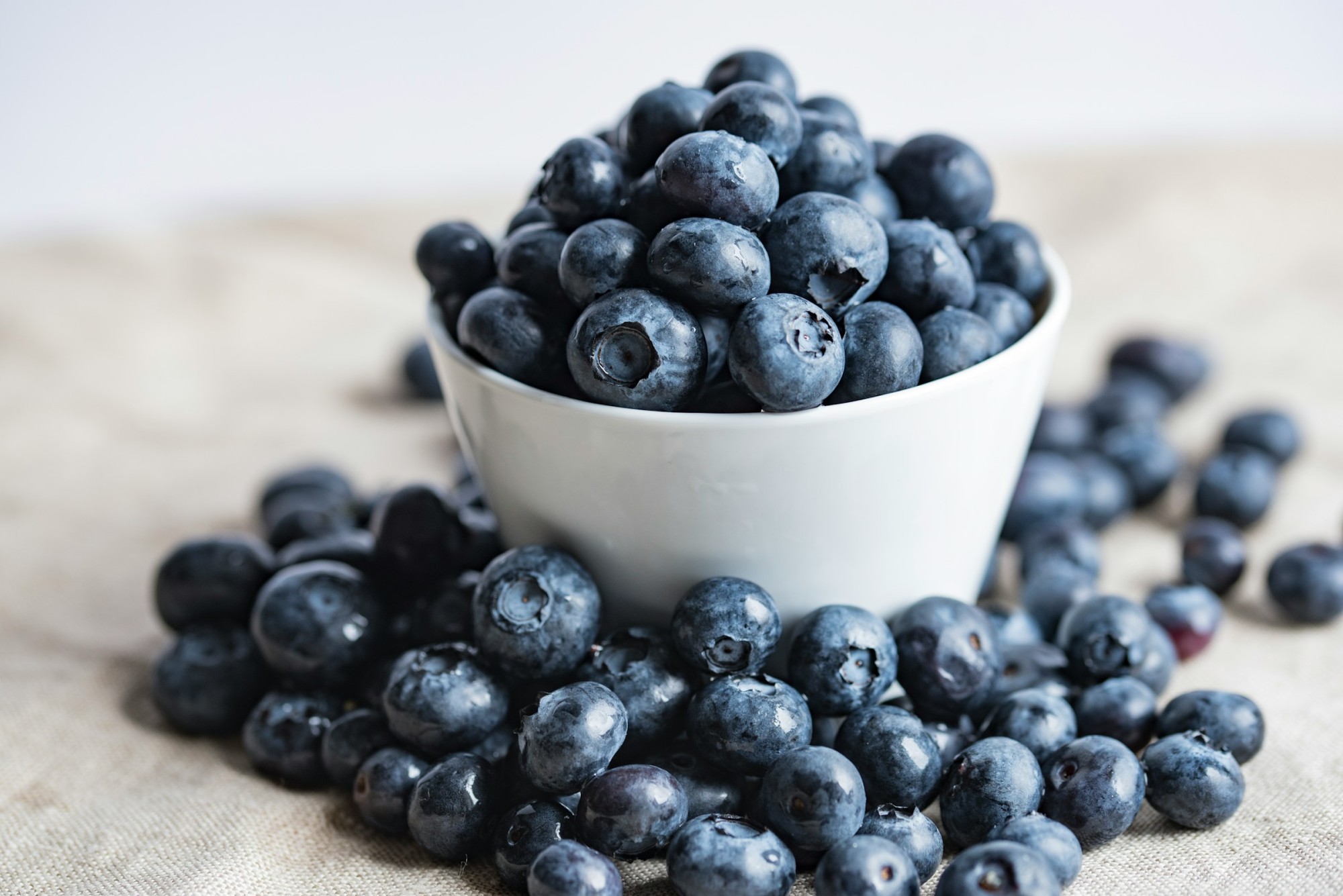
14. Fresh Berries
Blueberries, raspberries, and blackberries have seen sharp seasonal price spikes. Shoppers are often opting for frozen berries, which are cheaper, last longer, and can be used in the same recipes. Joanna Kosinska / Unsplash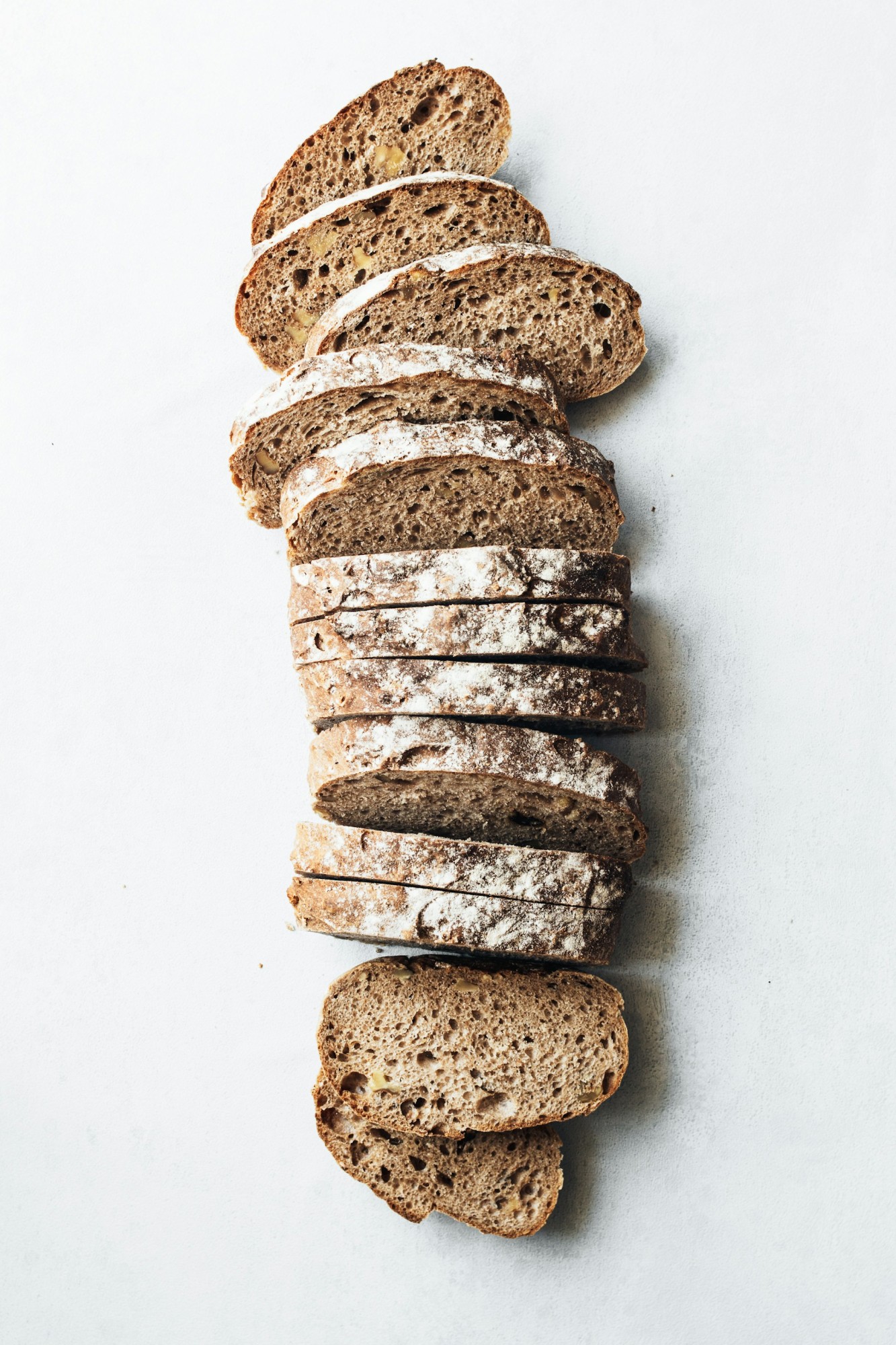
15. Artisan Bread
Bakery loaves that once felt like a small luxury are now often $6–$8 each. Many consumers are either baking at home or sticking with basic sandwich bread to save money. Louise Lyshøj / Unsplash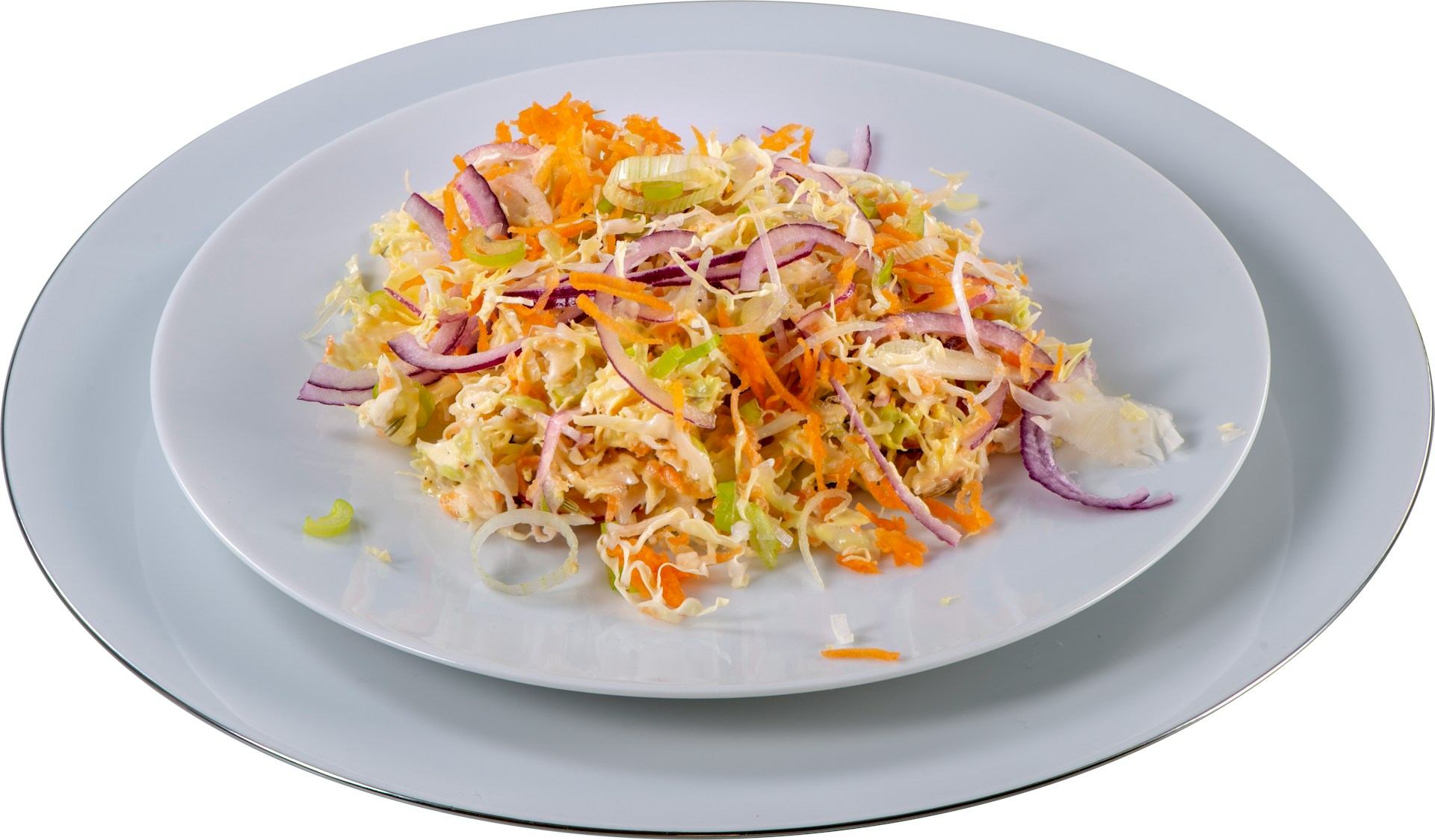
16. Prepared Deli Salads
Potato salad, pasta salad, and coleslaw from the deli case carry a steep markup. Buying the ingredients separately and mixing them at home is a fraction of the price. Jacques Bopp / Unsplash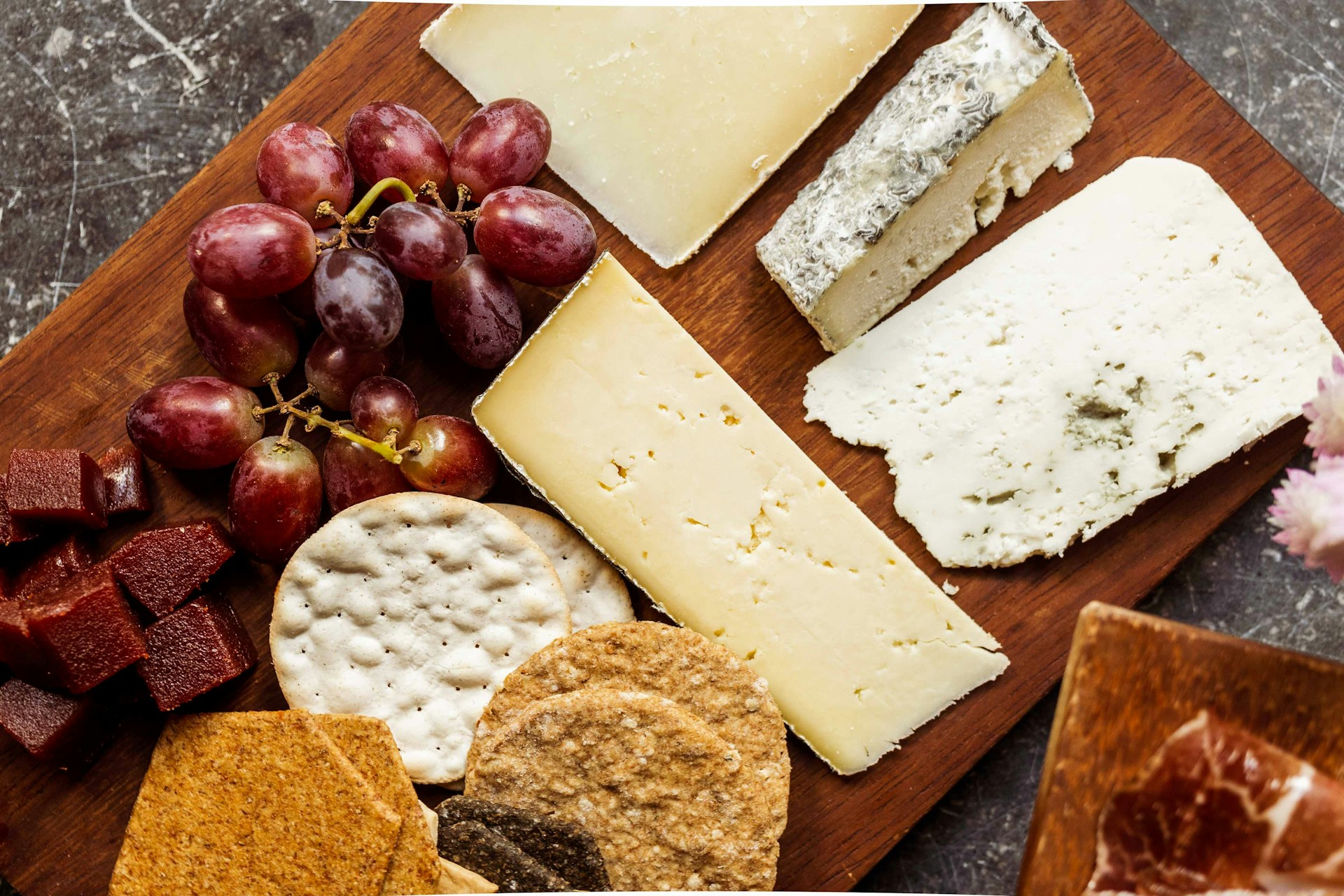
17. Specialty Cheeses
Imported varieties like brie, gouda, and manchego have seen significant price hikes due to higher dairy and shipping costs. For many, these once-regular indulgences are now reserved for special occasions. Edward Howell / Unsplash